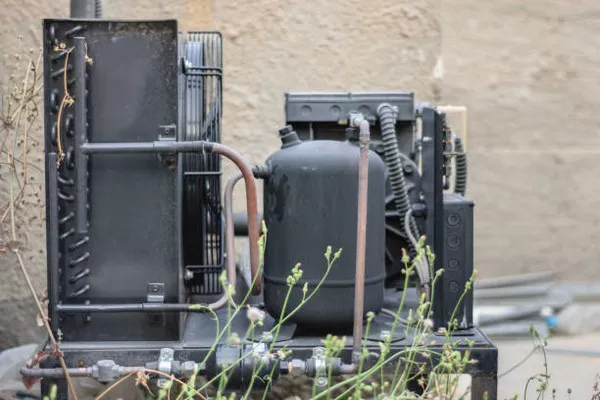Generators are invaluable tools for providing backup power during outages or supporting various activities, from camping to construction. Among the different fuel options available, propane stands out for its efficiency and clean-burning properties. If you’re considering a 10,000-watt propane generator, understanding its fuel consumption is essential for effective planning and usage. This article will explore how much propane a 10,000-watt generator typically uses, factors influencing its consumption, and tips for optimizing fuel efficiency.
The Basics of Propane Generators
Propane generators are designed to run on liquid propane (LP), a byproduct of natural gas processing and crude oil refining. They are popular for their convenience, long shelf life, and ability to produce reliable power.
How Propane Works in Generators
In propane generators, the propane is converted into gas before being ignited in the engine’s combustion chamber. This process produces energy that drives the generator, converting mechanical energy into electrical power.
Fuel Consumption of a 10,000-Watt Generator
The fuel consumption of a generator varies based on several factors, including its load, efficiency, and the operating conditions. For a 10,000-watt propane generator, fuel consumption is typically measured in gallons per hour (GPH) or pounds per hour (LBPH).
Average Consumption Rates
On average, a 10,000-watt propane generator consumes between 0.8 to 1.2 gallons per hour under full load. This means:
At Full Load (10,000 watts):
Approximately 1.0 gallon per hour.
At Half Load (5,000 watts):
Consumption drops to about 0.5 to 0.7 gallons per hour.
Fuel Efficiency
The efficiency of a generator can vary significantly based on its design and engine type. In general:
Inverter Generators: These tend to be more fuel-efficient than conventional models, especially at varying loads.
Conventional Generators: These are less efficient and may consume more fuel at lower loads.
See Also: Can a 10,000 Watt Generator Run Central Air? A Full Guide
Factors Influencing Propane Consumption
Several factors can affect how much propane a 10,000-watt generator uses:
Load Demand
The more appliances and devices connected to the generator, the higher the fuel consumption. For instance, running a refrigerator, air conditioner, and multiple lights will increase the load, thereby increasing propane usage.
Generator Type
The type of generator affects consumption. Inverter generators, which adjust their output based on the load, can be more fuel-efficient than traditional generators that run at a constant speed.
Operating Conditions
Environmental factors such as temperature and altitude can influence performance. For example, higher altitudes may reduce engine efficiency, leading to increased fuel consumption.
Maintenance and Condition
A well-maintained generator operates more efficiently, leading to lower fuel consumption. Regular maintenance, including oil changes and air filter replacements, is essential for optimal performance.
Calculating Propane Needs for Extended Use
When planning for extended use of a 10,000-watt generator, it’s essential to calculate how much propane you’ll need based on your expected usage.
Estimating Daily Fuel Consumption
To estimate daily propane consumption, use the formula:
Daily Consumption=Gallons per Hour×Hours of Operation
For example, if you plan to run your generator for 8 hours at full load:
Daily Consumption=1.0gallon/hour×8hours=8gallons
Planning for Storage
Propane is typically stored in tanks that come in various sizes (e.g., 20 lb, 100 lb, 500 gal). For extended use, it’s crucial to have enough propane on hand:
20 lb tank: About 4.6 gallons of propane.
100 lb tank: About 23.6 gallons of propane.
500 gallon tank: About 119 gallons of propane.
Tips for Optimizing Propane Usage
To maximize efficiency and minimize costs, consider these tips:
Load Management
Prioritize Essential Loads: Only connect essential devices to the generator to reduce overall load and fuel consumption.
Use Energy-Efficient Appliances: If possible, use energy-efficient appliances that consume less power.
Regular Maintenance
Perform regular maintenance, including:
Changing oil and filters
Checking spark plugs
Cleaning the air intake and exhaust systems
Monitor Fuel Levels
Regularly check propane levels to avoid running out during critical times.
Conclusion
Understanding the propane consumption of a 10,000-watt generator is essential for effective planning and use. On average, these generators consume about 0.8 to 1.2 gallons per hour under full load. However, actual consumption can vary based on load, generator type, and operating conditions. By managing load effectively, maintaining your generator, and calculating your propane needs, you can optimize fuel efficiency and ensure a reliable power supply whenever needed. Whether for emergencies, outdoor activities, or temporary projects, knowing how much propane your generator uses will help you make informed decisions and keep your power needs met.
You Might Be Interested In

